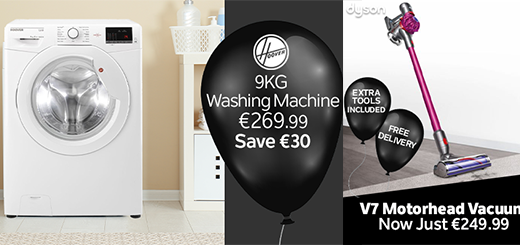Virtual Experiences
When Virtual Reality (VR) and Augmented Reality (AR) first made debuts, they came with bold, revolutionary promises. In 2012, Facebook acquired Oculus VR for $2 billion and many predicted this would be the beginning of something monumental for business and entertainment. Yet, what followed was more of a trickle than a wave. The technology steadily improved and gradually became a more accessible investment for more people and businesses to experiment with. In the last couple years, adoption has finally looked promising. The Oculus Quest, the brand’s first compact and more economical headset, has been consistently sold out since its launch last year. The economic impact of the extended reality (XR) market, which comprises both VR and AR, was originally projected to reach $29.5 billion by the end of the year. Now, as Coronavirus is posed to dictate our lives for the foreseeable, the benefits of XR are becoming more relevant and desirable. These extraordinary times could finally be the catalyst that brings this futuristic technology into the mainstream.

While these technologies originated in gaming, they have benefited many other sectors. VR has helped surgeons practice rare surgeries, militaries to train, and companies to prepare employees for dangerous jobs with less risk. VR for training specifically is set to have 61.8% CAGR over the next three years, making it the largest part of VR Business sales by 2023. VR has also shown promise in healthcare as treatment for patients with dementia or post-traumatic stress disorder. AR, where images are overlaid onto a user’s real-world view often through a smart-phone screen, is arguably already more prominent. Beyond Snapchat filters and Pokémon Go, it is becoming a more widely used tool to sell visions in architecture and real estate. Many retail brands have also begun incorporating AR into their online sales tools. The Dulux Visualizer App, for example, helps people see how various paint colours would look in their home. Sephora’s Virtual Artist allows users to experiment with different makeup looks virtually, while Warby Parker helps people better choose their glasses without visiting a shop. As the pandemic has put some of the fundamental draws to physical retail on hold, such as trying-on and testing products, these kinds of AR features could be a major advantage as retailors now compete to differentiate themselves online.
Of course, keeping us connected and entertained is also an on–going challenge as festivals and cultural institutions have suspended operation. Virtual experiences are rising to the occasion. Zoos have started live–streaming footage of the animals. Google Arts and Culture, which had a humble start, is now filled with thousands of virtual museum tours from around the globe. The British Museum’s Online Collection, which previously received about 2,000 daily page views, is now averaging 75,000 visits per day. However, as people become fatigued with all this extra screen time, virtual reality could offer a more robust and immersive alternative. VR gaming provides an otherworldly escape beyond our homes, VR fitness helps to gamify indoor exercise, while VR social networking platforms can simulate some of the physical connection we crave. Facebook’s virtual reality network, Horizon, is already in early phases of testing. Before Covid-19, the digital realm was largely considered complimentary to the physical one, but now the tables have turned. Virtual experiences provide us with a lifeline to some of the elements of normal life that we are missing. During this shutdown, consumers will have tried out all sorts of new behaviours. XR is a frontier that many people may now feel more open to. No doubt this time will convert plenty of sceptics to users. If there was ever a time to consider integrating VR or AR into your business, the time is now.




